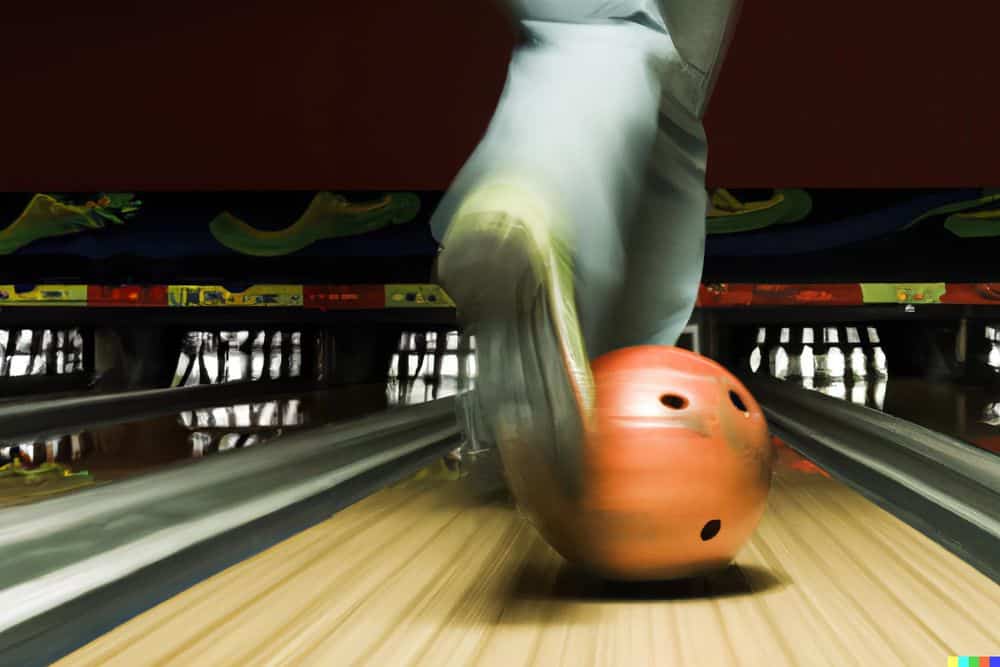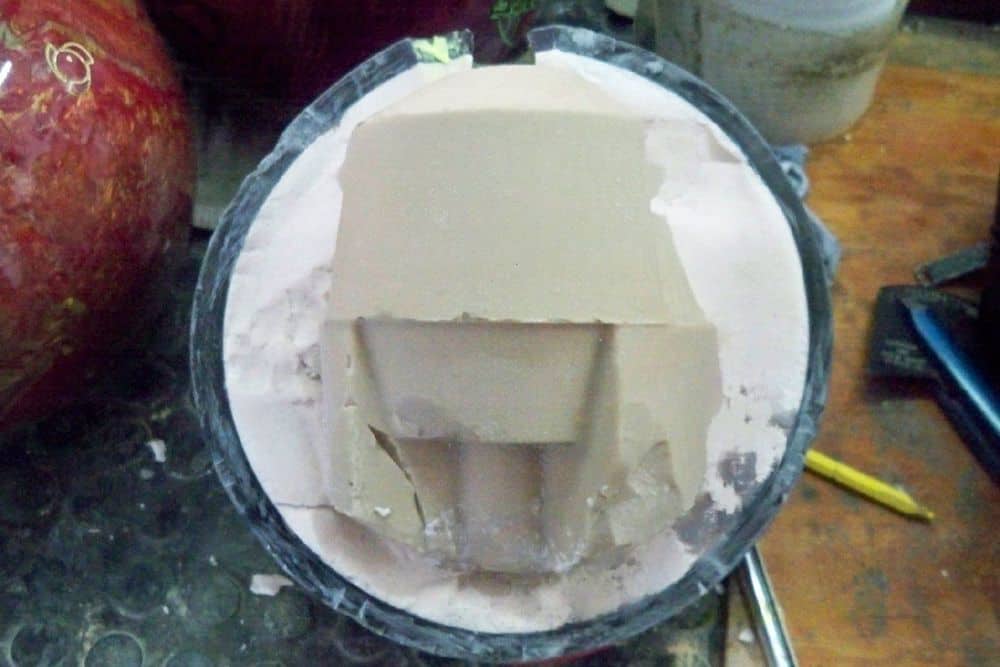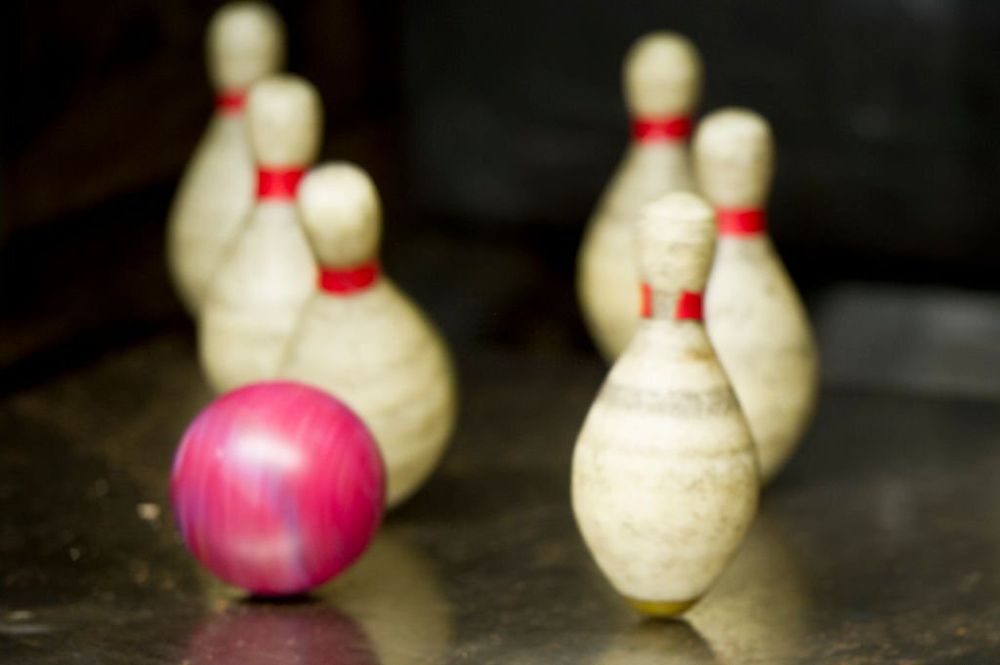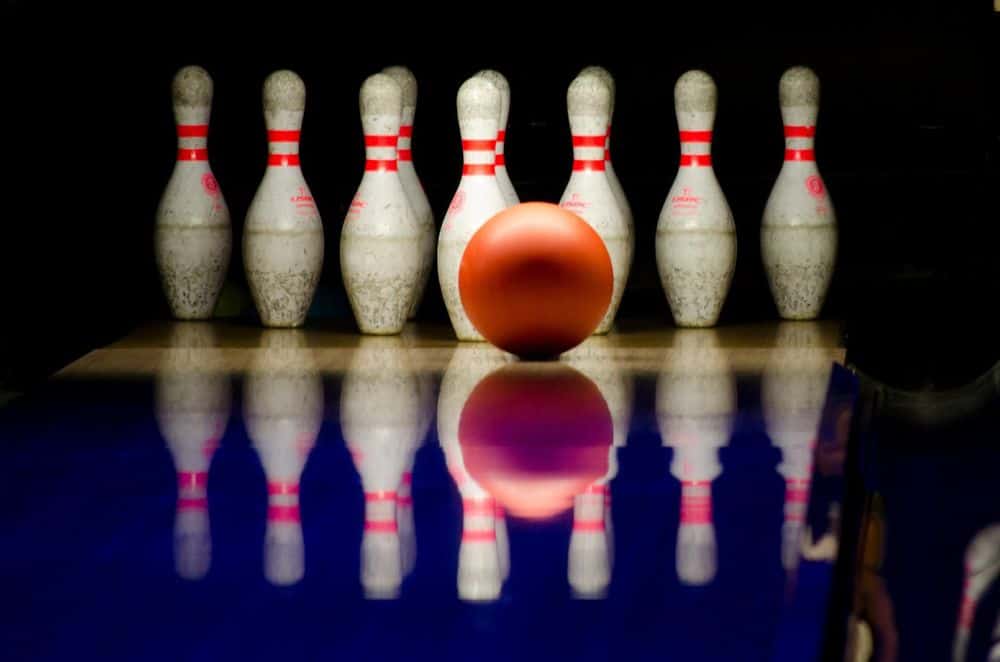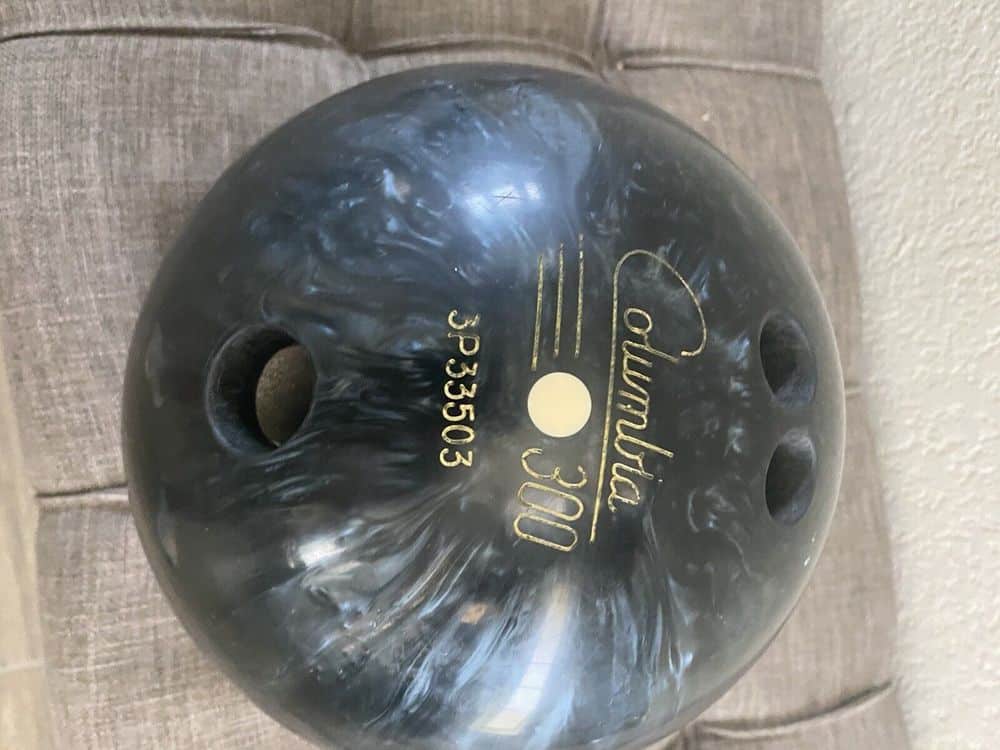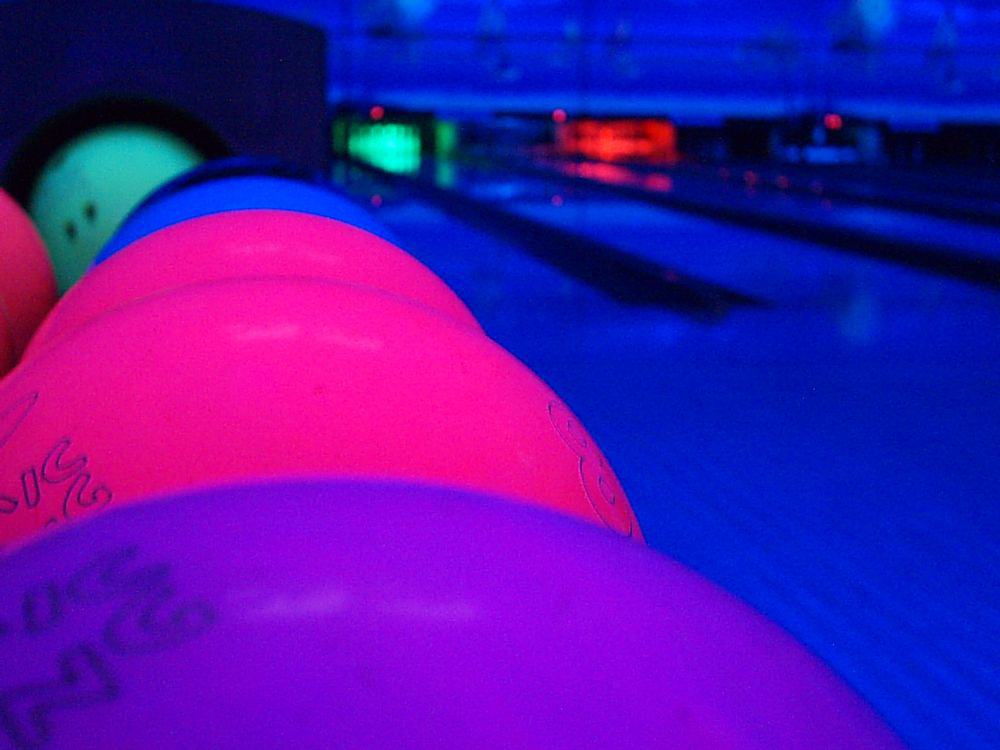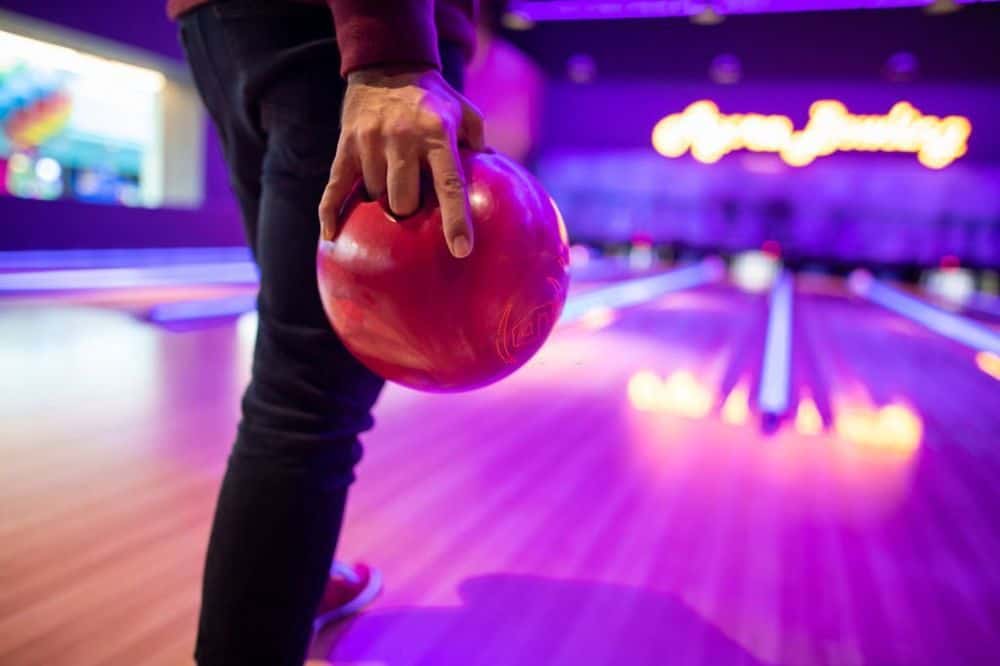Kicking a bowling ball is an interesting phenomenon to observe. It is an example of how a potential energy can be converted into kinetic energy. When you kick the bowling ball, you are transferring some of your own kinetic energy to the bowling ball.
This causes the bowling ball to accelerate and gain speed. As the bowling ball gains speed, its potential energy increases and it gains kinetic energy. As the bowling ball moves, it gradually loses its kinetic energy until it stops and its potential energy returns to its original state.
The amount of kinetic energy that the bowling ball has when it strikes the ground depends on its initial velocity and the amount of time it has been in motion.
The Science Behind Kicking a Bowling Ball
When you kick a bowling ball, the laws of motion come into play. Newton’s first law states that an object in motion stays in motion unless acted upon by an external force. When you kick the ball, you impart a force to the ball that sets it into motion.
As the bowling ball moves forward, inertia keeps it moving in a straight path unless a force acts upon it. The mass of the bowling ball and the velocity of your kick will affect the speed and distance of the ball.
The more mass the ball has, the more force is required to move it, thus affecting the speed and distance of the ball. The faster the velocity of your kick, the further and faster the bowling ball will go.
The Mechanics of Kicking a Bowling Ball
If you kick a bowling ball, you first need to get into the correct position. Stand with your dominant leg slightly bent and your non-dominant leg straight. Place your feet shoulder-width apart and your toes pointing towards the target. With the ball tucked under your kicking foot, use your dominant leg to drive forward and up, extending the leg and pushing off the ground with your toes.
The motion should be swift and powerful, resulting in the ball being propelled forward with significant force. Depending on the power of the kick, the ball will travel in a straight line or may even curve slightly in mid-air.
The distance the ball travels will also be affected by its size, weight, air resistance and angle of trajectory.
The Potential Risks and Dangers of Kicking a Bowling Ball
Kicking a bowling ball is not recommended due to the potential risks and dangers that could arise from misaligned kicks. The most common injuries associated with a misaligned kick are sprains, strains, fractures, and bruises.
The impact of the bowling ball on the foot and leg can be immense and cause severe injury. The resulting damage from a misaligned kick may include torn ligaments and tendons, broken bones, joint dislocations, bruising, and lacerations.
In addition, if the bowling ball is kicked too hard, it may cause an even more serious injury. Therefore, it is important to understand the risks and dangers associated with misaligning a kick and to take every precaution to ensure safety.
FAQ
Can you kick the ball in bowling?
No, kicking the ball is not allowed in bowling. The ball must be rolled down the lane with a smooth and continuous motion. If a player kicks the ball, it is considered a foul and the player will not receive any points for that throw.
Kicking the ball is not allowed because it goes against this rule of a smooth and continuous motion. It would give the player an unfair advantage as the ball would likely travel faster and with more force than if it were simply rolled. Additionally, kicking the ball can also cause damage to the equipment and the surrounding area.
If a player is found to have kicked the ball, it will be considered a foul and the player will not receive any points for that throw. The player will also typically be warned by the official and asked to correct their technique for future throws.
What will happen if you kick a bowling ball and a tennis ball with the same amount of force?
If you kick a bowling ball and a tennis ball with the same amount of force, the two balls will react differently based on their physical properties such as mass, size, and elasticity.
The bowling ball, being much heavier and denser, will likely not travel as far as the lighter and more bouncy tennis ball. However, it will still move with considerable force and potentially cause damage if it hits a person or an object.
The tennis ball, on the other hand, will likely travel further and bounce higher due to its lighter weight and higher elasticity.
It’s important to note that the outcome of this scenario will depend on many variables such as the type of surface the balls are kicked on and the exact force applied. However, in general, it can be expected that the two balls will react differently based on their physical properties.
How does Newton’s 3rd law apply to bowling?
Newton’s Third Law of Motion states that “For every action, there is an equal and opposite reaction.” This law can be applied to the sport of bowling in several ways.
First, when a player throws a bowling ball down the lane, the ball exerts a force on the floor, and the floor exerts an equal and opposite reaction force on the ball. This reaction force propels the ball forward and down the lane.
Second, when the ball strikes the pins, the pins apply an equal and opposite force on the ball, causing the ball to bounce back and eventually come to a stop.
Finally, the pins apply an equal and opposite force on each other as they collide, causing some of them to fall over. The force of the collision between the pins and the ball, as well as the force between the pins themselves, is determined by Newton’s Third Law.
In conclusion, Newton’s Third Law of Motion plays a significant role in the mechanics of bowling, as it helps to explain the forces involved in the motion of the ball and the pins.

